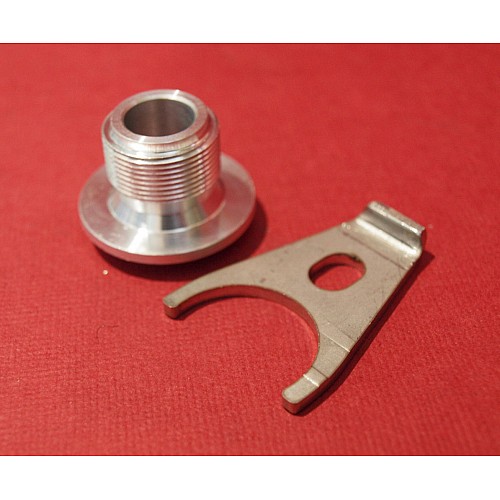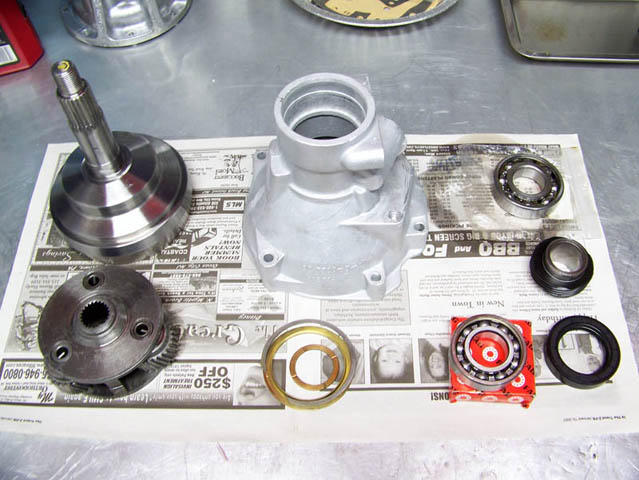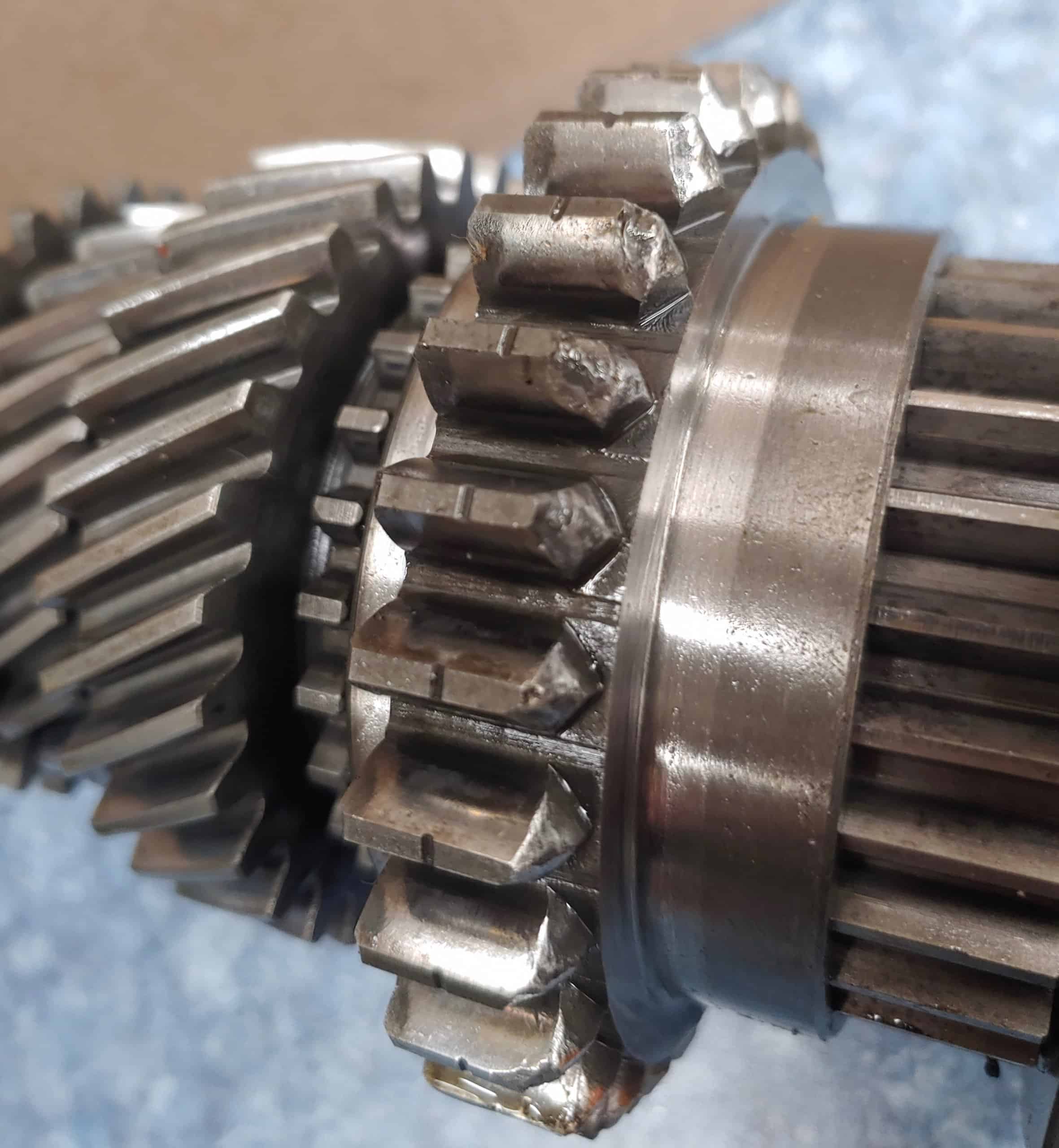

- #How strong are the j type laycock overdrive transmission drivers
- #How strong are the j type laycock overdrive transmission update
- #How strong are the j type laycock overdrive transmission driver
- #How strong are the j type laycock overdrive transmission manual
However my 73 Drivers handbook says it (the LH-type) can be engaged and disengaged accelerating or decelerating, just not to depress the clutch while doing either. However they found the vacuum switches were unreliable and so deleted them opting for 'driver education' instead. Subsequent discussion with the designer of the transmission system for the MGB confirmed that the vacuum switch was indeed intended to prevent disengagement unless the car was accelerating, but to give a smoother disengagement rather than to prevent damage.
#How strong are the j type laycock overdrive transmission manual
But the Workshop Manual talks in terms of it delaying the change "until the engine takes up the drive", which implies light acceleration with the inlet manifold depression significantly above 7 in. Hg., and so OD could only be switched out if accelerating significantly, i.e.

But info from Bruce Cunha indicates that the vacuum switch only opens at manifold depressions lower than 7 in. to prevent high reverse torque from damaging the OD.

#How strong are the j type laycock overdrive transmission update
Update January 2008 I was under the impression that the vacuum switch was to prevent OD being disengaged under conditions of "high manifold vacuum" (Leyland Workshop Manual) i.e. Above it are three whites, on the 3-synch there will be a fourth white going to the relay and vacuum-switch sub-harness, insert fuse C here.( Image by David Farrar on the MGOC Forum) For the 3-synch with relay and vacuum-switch the yellow from the main harness will go to another yellow in the relay and vacuum-switch sub-harness. This picture shows a yellow wire from the manual switch coming out of the main harness joined to a yellow/red going into the gearbox harness as it would be on a 4-synch car. But to protect the gearbox and vacuum switch harness as well one would need to be inserted at point B (either at the bullet connector where the main harness joins the relay and vacuum-switch sub-harness with two yellows, or at the manual switch) AND at point C leading to the white in the relay and vacuum-switch sub-harness. This causes the relay to release (the manual switch is already open) and its contact disconnects 12v from the overdrive solenoid so disengaging overdrive.įusing: A single fuse could be inserted at point A where the relay and vacuum switch harness joins the gearbox harness with two yellow/reds. In all cases the vacuum in the inlet manifold will reduce, allowing the vacuum switch to open. Imagine now that either the speed of the car has slowed so that the engine revs are closer to idle, or the clutch is dipped so allowing the revs to fall to idle, or the throttle is opened again.
#How strong are the j type laycock overdrive transmission driver
If the driver now opens the manual switch, the vacuum switch being closed will continue to maintain a 12v supply to the relay winding from the relay contact, independently of the manual switch, so the relay remains operated, the overdrive remains engaged, regardless of the fact that the manual switch has been turned off. This will create a high vacuum in the inlet manifold which will close the vacuum switch. At this point the condition of the vacuum switch - open or closed - is immaterial.Īssume now that with overdrive engaged the engine is doing high rpms but the throttle is closed i.e. When the manual switch is closed the relay is operated, and the relay contact energises the solenoid via the gearbox switch if closed, and overdrive is engaged. On 65-67 cars it is wired to a 6-way bullet connector in the mass where the main, rear, gearbox and OD harness all join together near the bulkhead. Note 2: On 62-64 cars the relay contact is wired back to terminal 3 of the fusebox. On 65 to 67 cars it is wired to terminal 3 of the fusebox. Note 1: On 62-64 cars the manual switch is wired back to the ignition switch.

Overdrive relay location, with vacuum switch below, image from Ste Brown, West Yorkshire, UK:Ī description of the vacuum switch, its component parts and its calibration can be found here.


 0 kommentar(er)
0 kommentar(er)
